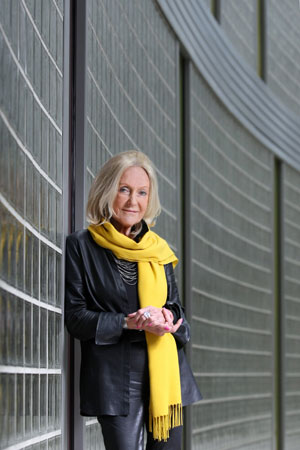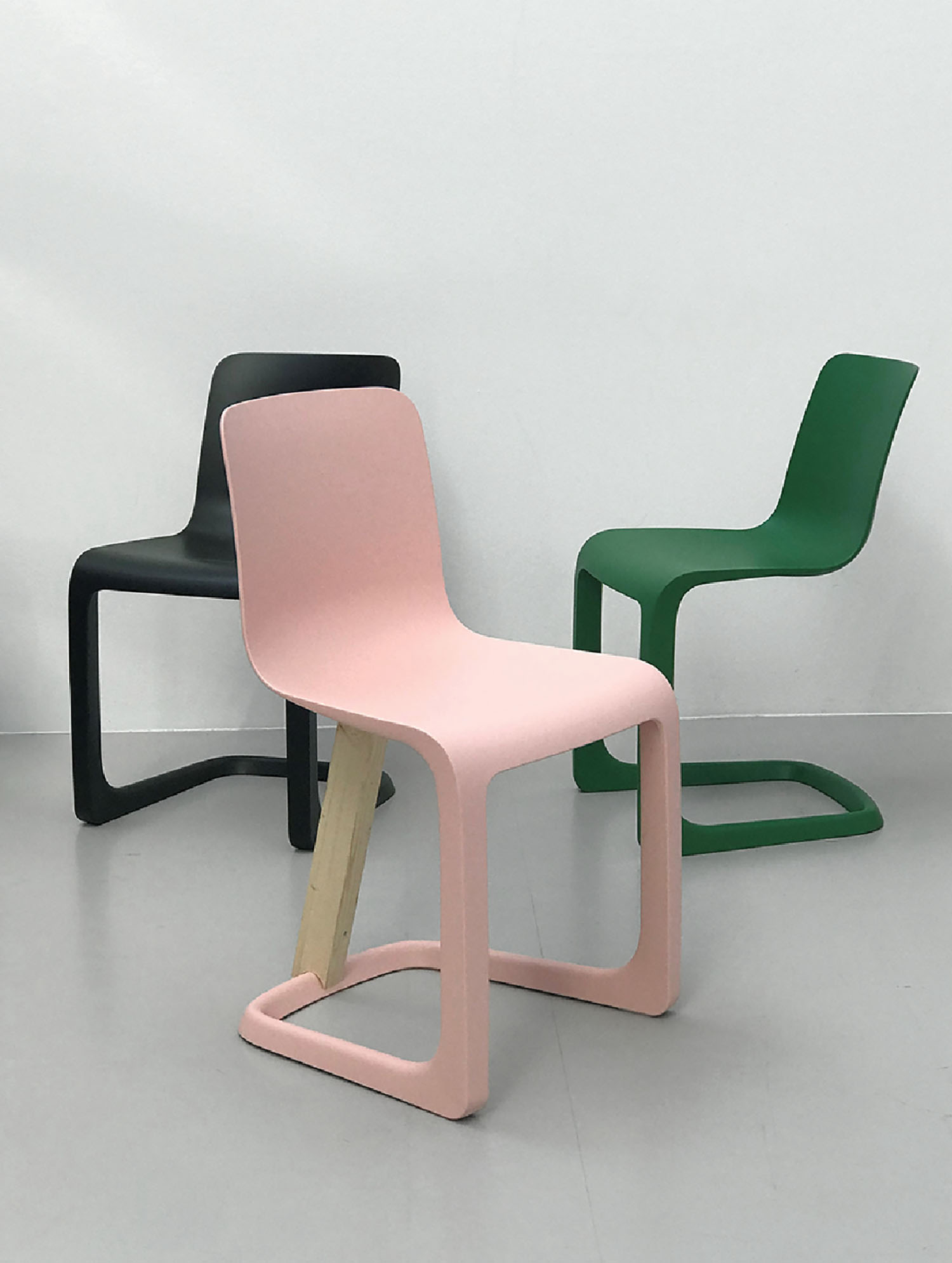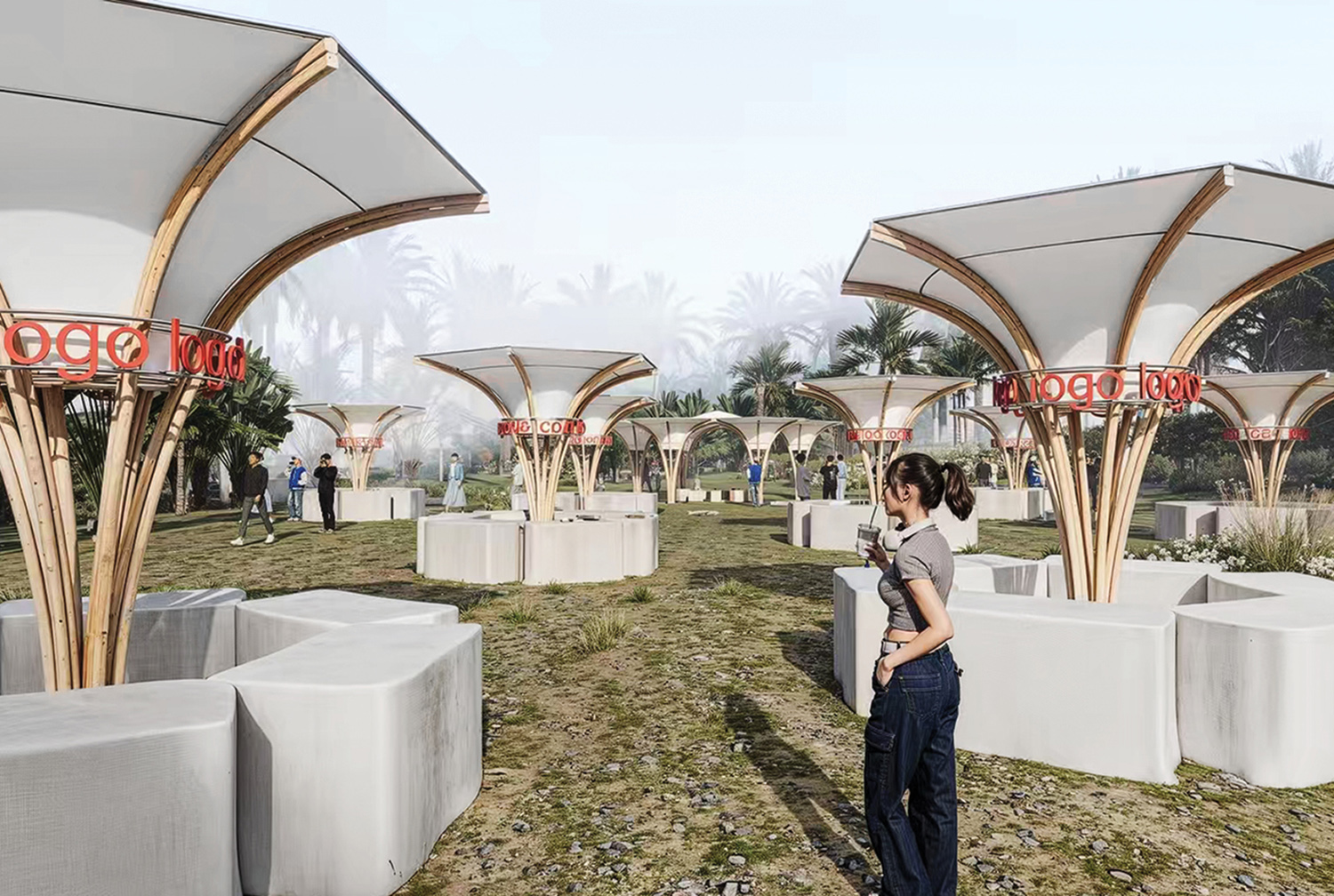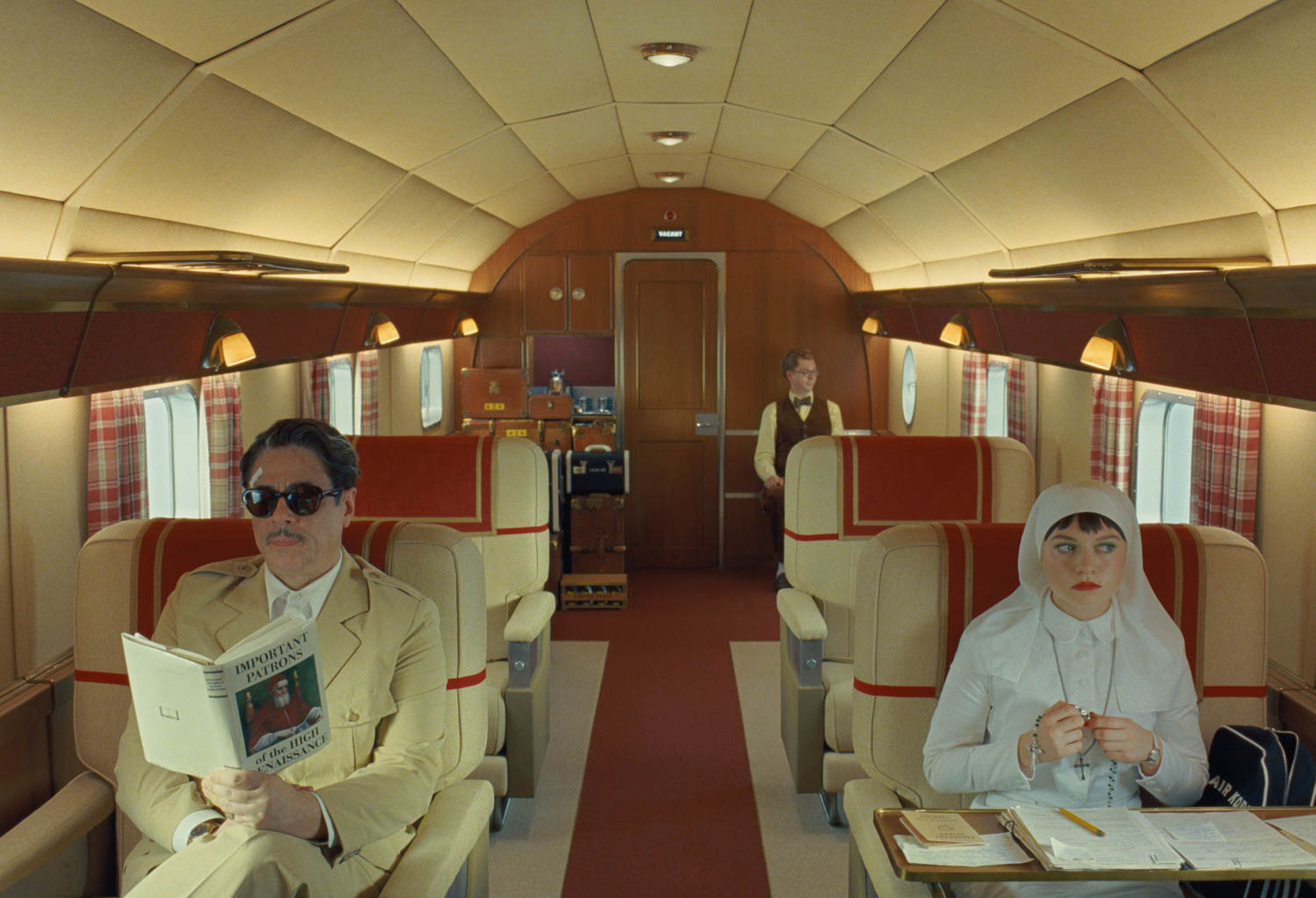Where Are They Now: Eva Jiricna
Eva Jiricna was inducted into the Interior Design Hall of Fame in 1998. The renowned Czech-born, London-based architect and designer, now 73, has been a major force on the design scene in both Prague and London for the past three decades. The work of Eva Jiricna Architects ranges from the glass-and-steel Orangery at Prague Castle and the futuristic Karolina Bridge in Ostrava to the Fine Jewelry Hall at Harrods , and Brown’s Nightclub in London, the latter of which is home to one of her dramatic signature glass staircases.
Interior Design : What is it about glass that fascinates you? How many glass staircases have you installed and do you have a favorite?
Eva Jiricna: I love light in all its forms and shades, and as a consequence of this love affair I am fascinated by glass: It is the material which controls it, enhances it, changes it and makes it possible for us to do with light whatever we want to do (or are capable of doing). That is probably the first reason; the next one is the enormous choice of properties that glass has developed (through bright people’s ideas and skills) in the period of time I have been trying to befriend it, and there is still so much to come! Can one imagine life without glass? It would be a very sad experience. We have done approximately 50 staircases and I suppose the most technologically complex was the Jewelry Gallery at the Victoria and Albert Museum. It is impossible to say which one I like best-as with children they have their own stories and characters.
 ID: Your design aesthetic has been called everything from “minimalist” to “extravagant”-what one word would you use to best describe it?
ID: Your design aesthetic has been called everything from “minimalist” to “extravagant”-what one word would you use to best describe it?
Eva Jiricna: It is a really difficult question. Never in my life have I thought about styling…I have always tried to do the best I could at every specific time and circumstance.
ID: Which has been the most challenging project of your long and productive career?
Eva Jiricna: I would not think that I have done my job properly if I did not find every project a real challenge. Even the simplest of jobs is a challenge if you are able to find it and define it. I suppose the greatest challenge is to keep going, to keep smiling and never give up.
ID: And which project has the most personal significance?
Eva Jiricna: I was lucky enough to work with Vaclav Havel on a project, which was the conversion of a disused church in Prague into a venue where he could hold his humanitarian conferences and cultural programs. It was an architectural challenge to do as little as possible in order to save as much as possible of layers and layers of historic details left by generations of architects and artists. But mainly it was the collaboration with a truly extraordinary man, which made it a really unforgettable experience.
ID: What do you believe is an architect/designer’s primary responsibility to a client and to the public?
Eva Jiricna: Clients expect different things from their architects and it is an architect’s duty to decipher sometimes very complex reasons beyond his/her appointment. It is also important to bear in mind that architects “spend” clients’ money by trying to fulfill their role to the best of their ability. The best I can say is that the job goes well if an architect works closely with the client in order to reach the common understanding of what the final result is likely to be. It is essential for the architect to do what he enjoys doing, for the client to enjoy the process, and at the end of it, the client thinks that that is exactly what he always wanted and that he designed it all. At the completion of the job both of them have to reach the conclusion that the result is great (very often it is the opposite to what the brief had originally specified). As to the public-there is no way that the public necessarily likes the architect’s design, but it is the architect’s duty to work with respect and humility and think of the general public as his “silent” but nevertheless important client, too.
ID: You’ve designed retail shops, nightclubs, residences, museums, libraries, bridges and offices-how does the end use affect your vision for the space?
Eva Jiricna: All the above-mentioned jobs grew out of the necessity to fulfill certain functions. It is the alpha and omega of the design process. That is the foundation, and aesthetics become the superstructure-the proof of an architect’s skill. A job presents itself to the world by the superstructure, and the foundation secures it even if it remains invisible.
ID: You have said you see no firm distinction between a building’s exterior and interior-but which excites you more in the design phase?
Eva Jiricna: I am one of those lunatics who gets enthusiastic about anything of a design nature. It does not ever come into consideration whether it is an exterior or an interior task. I find both equally challenging.
ID: You have received many honors-including a Commander of the British Empire title and Royal Academician by the Royal Academy of the Arts. Which accolade are you most proud of and why?
Eva Jiricna: Pride does not come into it. I am just entirely grateful for having had so many opportunities to work on exciting projects with wonderful people and if any award comes my way I am fully aware that it is a team effort and team’s success.
ID: What, ultimately, makes a design successful?
Eva Jiricna: There is no objective answer to that question. Theoretically it should be a mixture of talent, experience, effort and ability to fulfill clients’, society’s, people’s (user’s) expectations and needs. However it very often becomes inappropriate fascinations with names, superstars, journalistic whims. Please have a look at my online diagram “How We Do It.” There are so many wonderful designs by unknown people, which nobody will ever know about. Napoleon thought that success is a function of good luck. One would like to say talent and hard work-but can one really? You certainly cannot rely on it.
ID: What are the most exciting projects on your plate for 2013?
Eva Jiricna: As I said before-for me all projects are exciting. Nevertheless we are working on a complex staircase for Somerset House, a historic building in the heart of London and a part of English Heritage, and we have been trying to work with a new material Ductal (very special kind of concrete). We are also hoping to start working on a project for the New York Historical Society-a large exhibition of their collection. In the Czech Republic, among others, we are hoping to build an extension to the Hospital for the Foundation of Bone Marrow Transplants. We are also working on several houses and the Grimaldi Conference Centre in Monaco. And there are other things in the pipeline…
Where Are They Now: Andrée Putman


